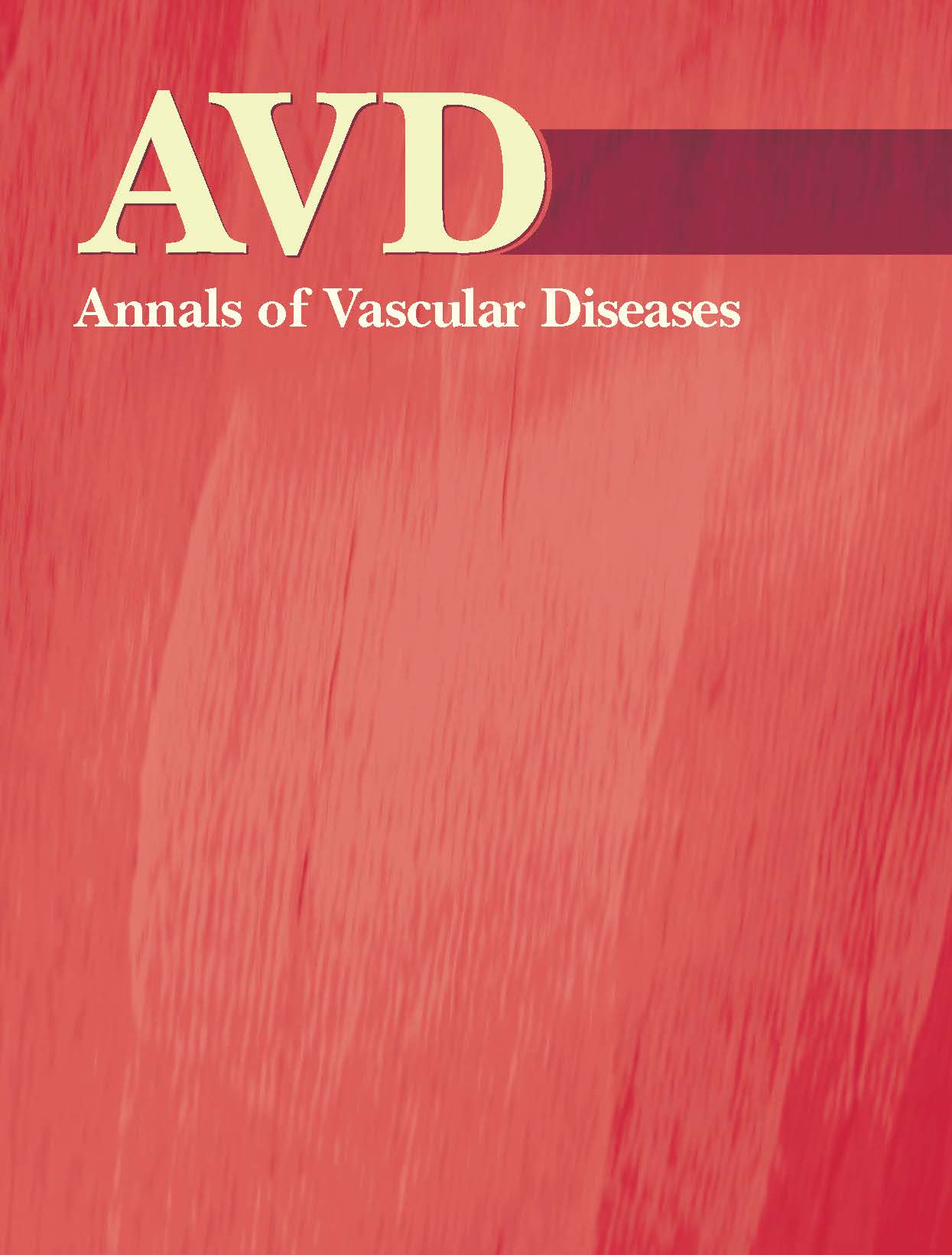最新号
選択された号の論文の13件中1~13を表示しています
- |<
- <
- 1
- >
- >|
Original Article
-
2024 年 17 巻 1 号 p. 1-8
発行日: 2024年
公開日: 2024/03/25
[早期公開] 公開日: 2023/11/28PDF形式でダウンロード (460K) -
2024 年 17 巻 1 号 p. 9-13
発行日: 2024年
公開日: 2024/03/25
[早期公開] 公開日: 2023/12/15PDF形式でダウンロード (624K) -
2024 年 17 巻 1 号 p. 15-20
発行日: 2024年
公開日: 2024/03/25
[早期公開] 公開日: 2023/12/22PDF形式でダウンロード (753K) -
2024 年 17 巻 1 号 p. 21-24
発行日: 2024年
公開日: 2024/03/25
[早期公開] 公開日: 2023/12/08PDF形式でダウンロード (341K) -
2024 年 17 巻 1 号 p. 25-33
発行日: 2024年
公開日: 2024/03/25
[早期公開] 公開日: 2024/02/06PDF形式でダウンロード (845K) -
2024 年 17 巻 1 号 p. 35-41
発行日: 2024年
公開日: 2024/03/25
[早期公開] 公開日: 2024/02/10PDF形式でダウンロード (2077K)
Case Report
-
2024 年 17 巻 1 号 p. 43-49
発行日: 2024年
公開日: 2024/03/25
[早期公開] 公開日: 2023/12/05PDF形式でダウンロード (1724K) -
2024 年 17 巻 1 号 p. 51-54
発行日: 2024年
公開日: 2024/03/25
[早期公開] 公開日: 2023/11/28PDF形式でダウンロード (1034K) -
2024 年 17 巻 1 号 p. 55-58
発行日: 2024年
公開日: 2024/03/25
[早期公開] 公開日: 2024/01/17PDF形式でダウンロード (1447K) -
2024 年 17 巻 1 号 p. 59-62
発行日: 2024年
公開日: 2024/03/25
[早期公開] 公開日: 2024/01/12PDF形式でダウンロード (1600K) -
2024 年 17 巻 1 号 p. 63-68
発行日: 2024年
公開日: 2024/03/25
[早期公開] 公開日: 2024/01/25PDF形式でダウンロード (2178K) -
2024 年 17 巻 1 号 p. 69-71
発行日: 2024年
公開日: 2024/03/25
[早期公開] 公開日: 2024/02/09PDF形式でダウンロード (1007K)
Annual Report
-
2024 年 17 巻 1 号 p. 73-108
発行日: 2024年
公開日: 2024/03/25
[早期公開] 公開日: 2024/02/05PDF形式でダウンロード (1160K)
- |<
- <
- 1
- >
- >|
